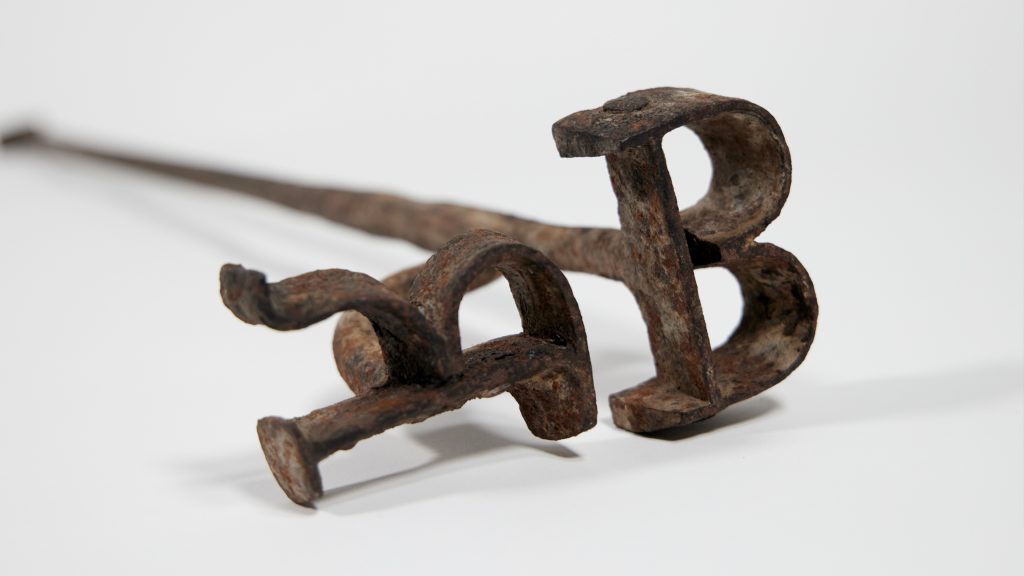
In nineteenth-century NSW, owning horses and cattle was common. An important asset for many, losing a horse, cow or bullock could mean losing your transport or livelihood. Livestock was a favoured target of thieves who were only abetted by patchy fencing and primitive communications. In the 1860s, newspapers fretted that cattle stealing had reached ‘alarming […]
Read More…
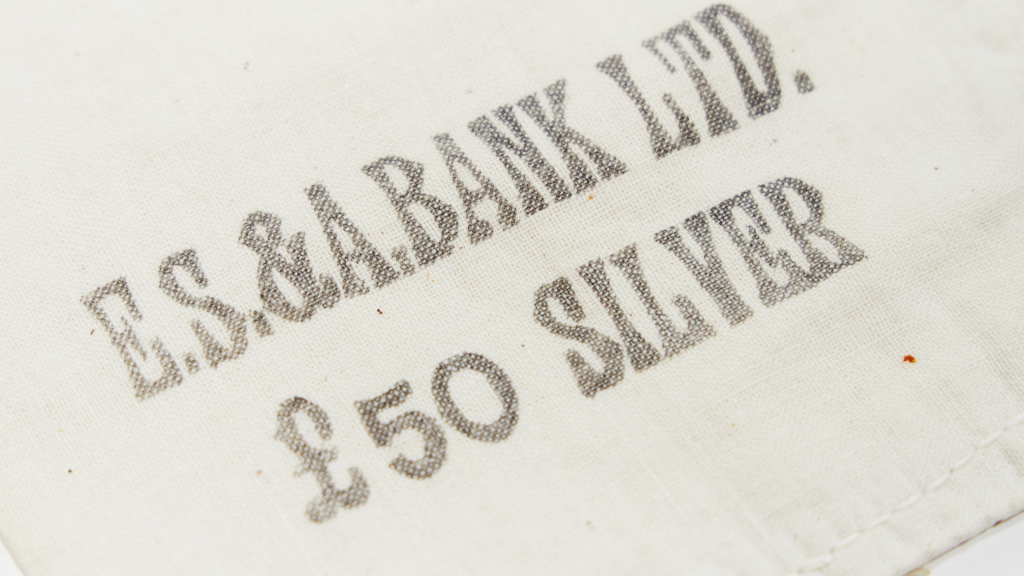
Made before decimal currency was adopted in Australia, this bank bag was used in Berry by customers and staff of the local English, Scottish and Australian Bank (ES&A Bank) up until its closure. In 1884-5, the ES&A Bank began building a branch in the country town of Berry. The building was one of five small-scale […]
Read More…
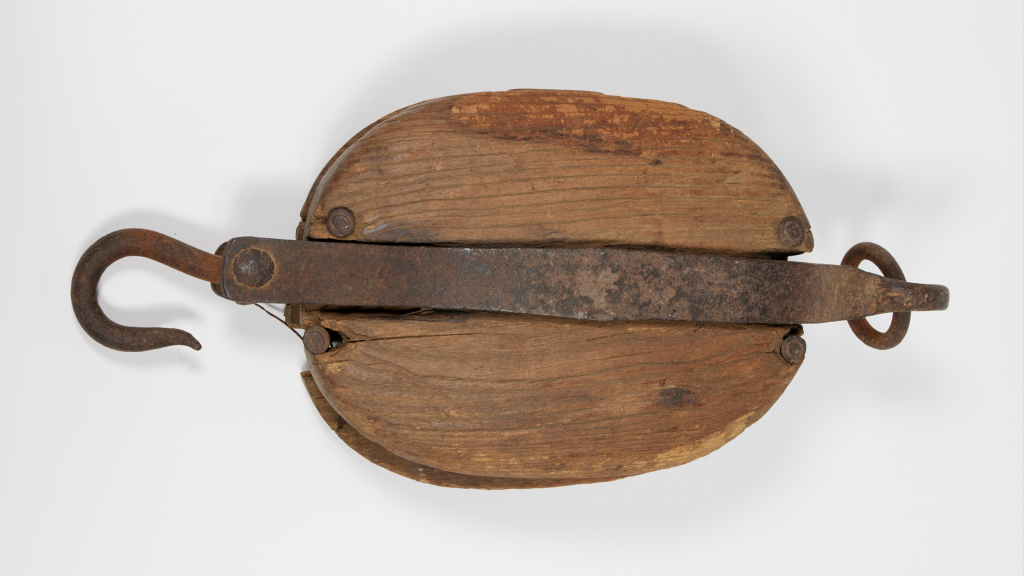
Two kilometres south of the town of Berry, on Broughton Creek in Dharawal Country, is a peaceful boat ramp. Today, when standing at this serene spot, it is hard to imagine the scene over one hundred years ago when the busy Berry Wharf was operated from here, by the Scottish-born settler David Berry (1795-1889). The […]
Read More…
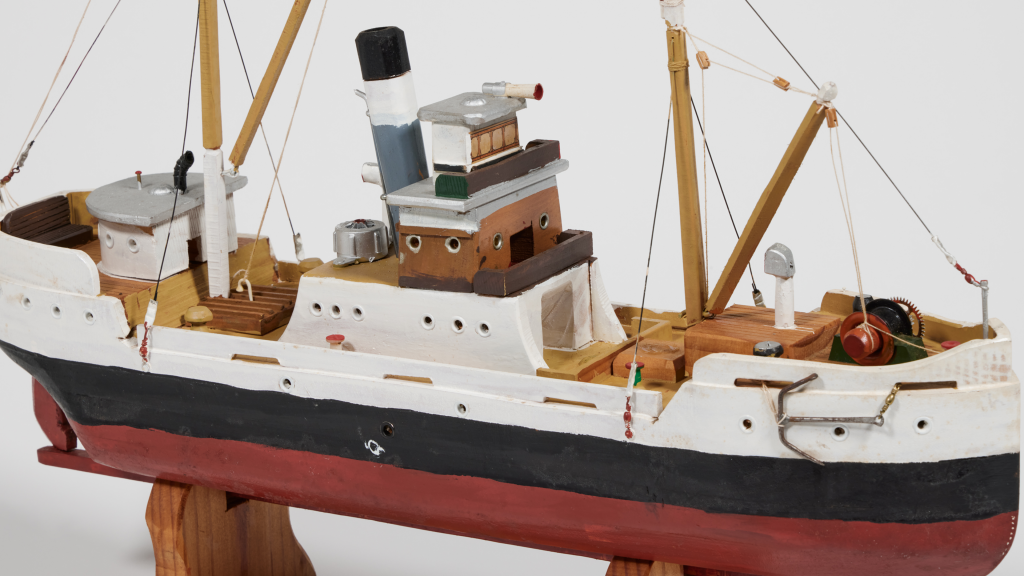
The Illawarra and South Coast Steam Navigation Company (ISNC) was established in 1858 as an amalgamation of three smaller shipping companies which transported goods between Sydney and the south coast of NSW. The fleet were well-known for carrying live pigs and so were often referred to as the ‘Pig and Whistle Boats.’ Townspeople and passengers […]
Read More…
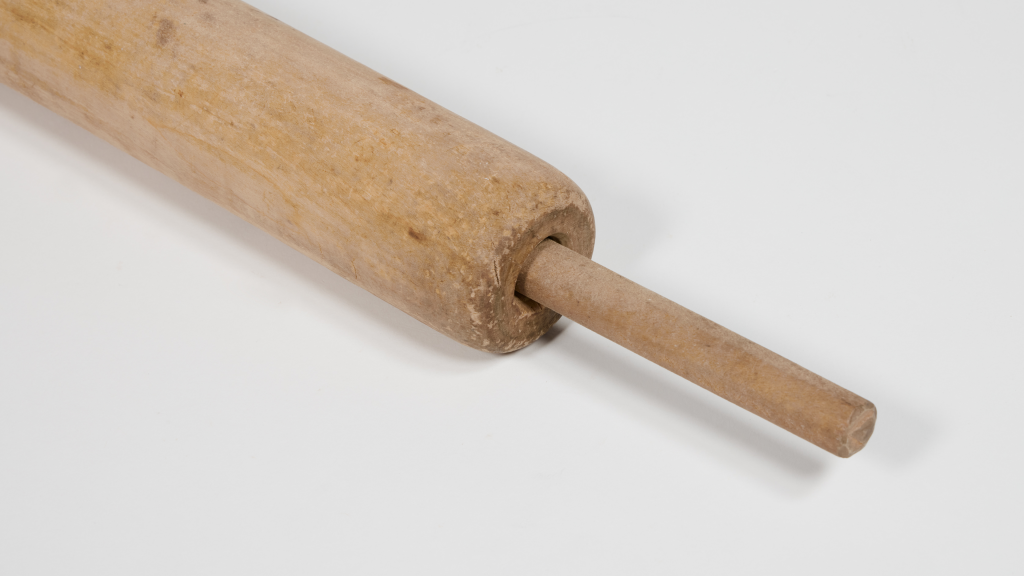
In a kitchen on the NSW South Coast, probably in the early twentieth century, a woman used this rolling pin almost daily for making her family’s meals. Before pastry, scones, and biscuits could be bought ready-made in supermarkets, the kneading and flattening of dough with a rolling pin was an everyday ritual in most kitchens. […]
Read More…
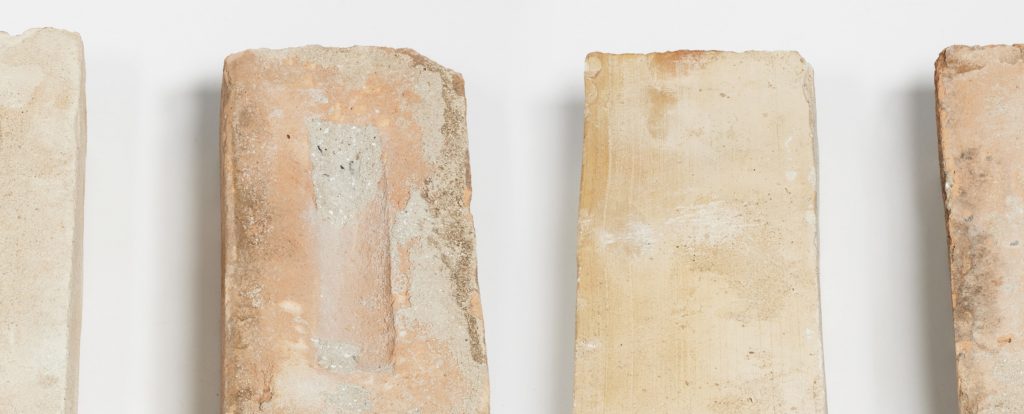
Kangaroos may have grazed on the sandy dunes and seabirds soared overhead on the day in 1967 when Jack Thompson (1908-1996) explored the Murramarang Point headland, between Ulladulla and Batemans Bay. While strolling, he came across the remains of roughly-made slab huts – the timber parts having long disappeared. Curious, Jack picked up these bricks […]
Read More…
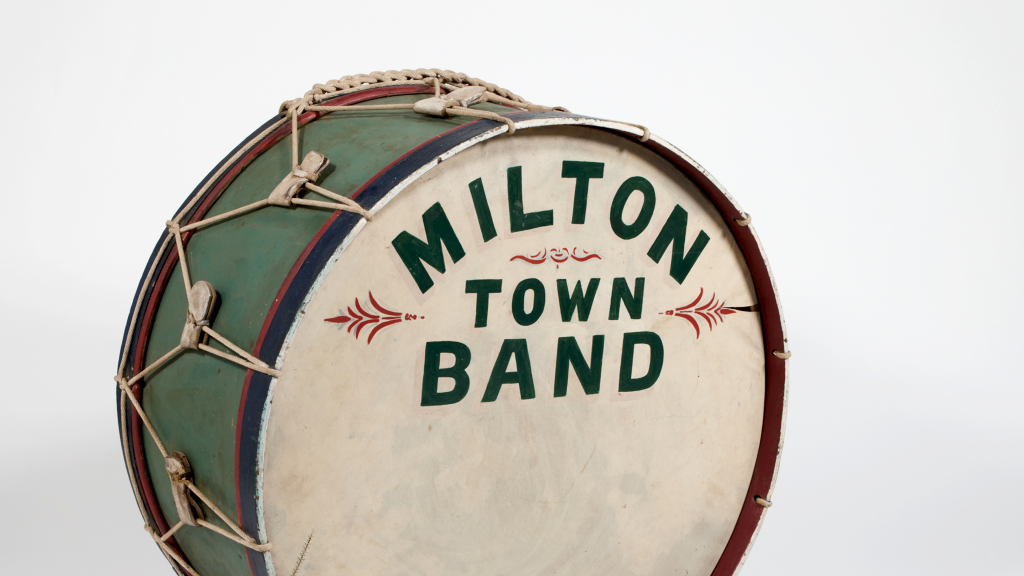
On the 21st of September 1869, eight members of the Ulladulla Volunteer Corps came together for one of their earliest performances as the town band at the Milton School of Arts Bazaar. One attendee gleefully relayed the day’s proceedings to The Kiama Independent, but they soon became lost for words when describing how well the […]
Read More…
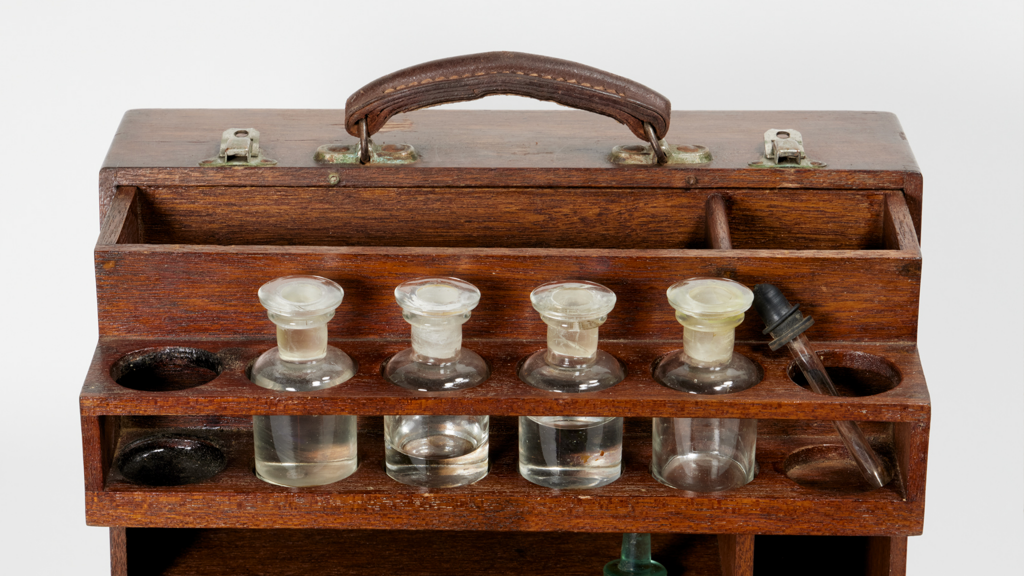
From the 1920s, this medicine chest was kept and used by the Gall family on their dairy farm near Berry. It remained in the family until the property sold, around 2007. It is a simple but captivating artefact that offers an insight into basic medical care on a family-run farm in twentieth century Australia. In […]
Read More…
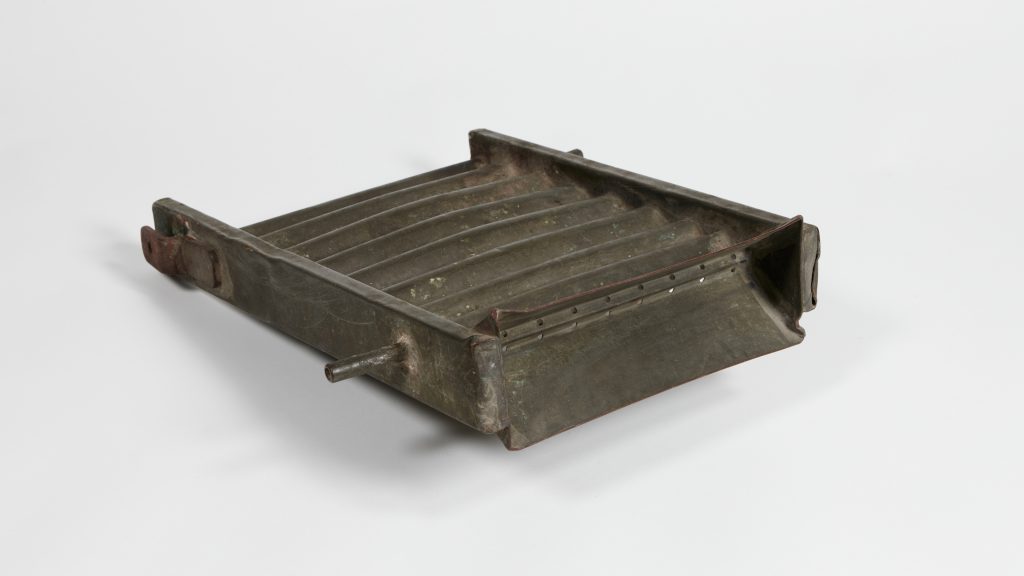
Dairyman Leslie Crawford knew that the cooler he could make the cream after separating the milk, the finer the butter would be. Fortunately, he had this useful device to help. Cool water entered via the pipe on one side, flowed through the interior, and out through the pipe on the other side, cooling the metal […]
Read More…
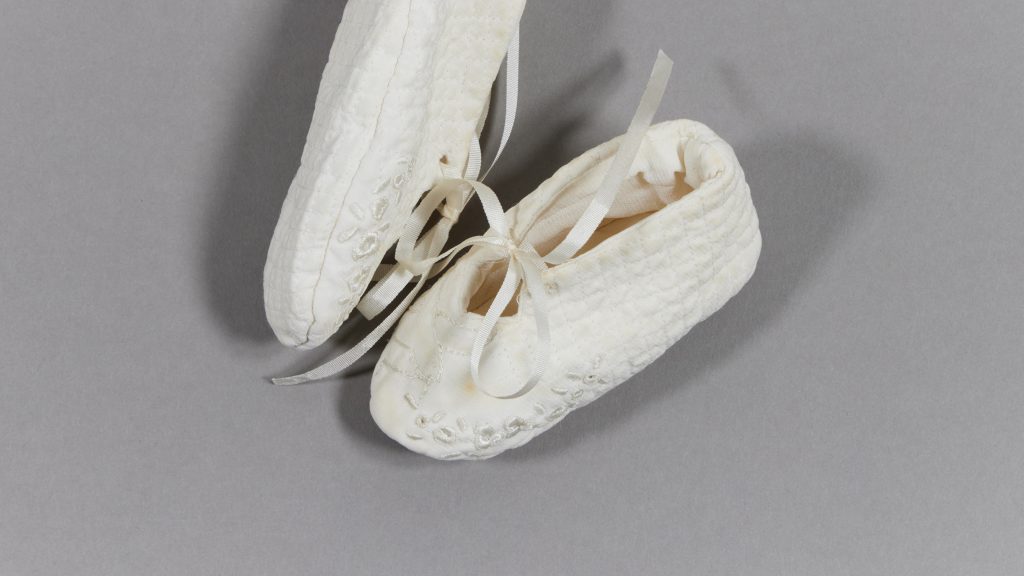
Parents of newborn babies today know that zipper onesies are very practical, especially those in bold colours and printed patterns that hide the inevitable spills and stains. But spare a thought for previous generations, when it was expected that babies be dressed in multiple fancy garments like those in this layette set, which were traditionally […]
Read More…











